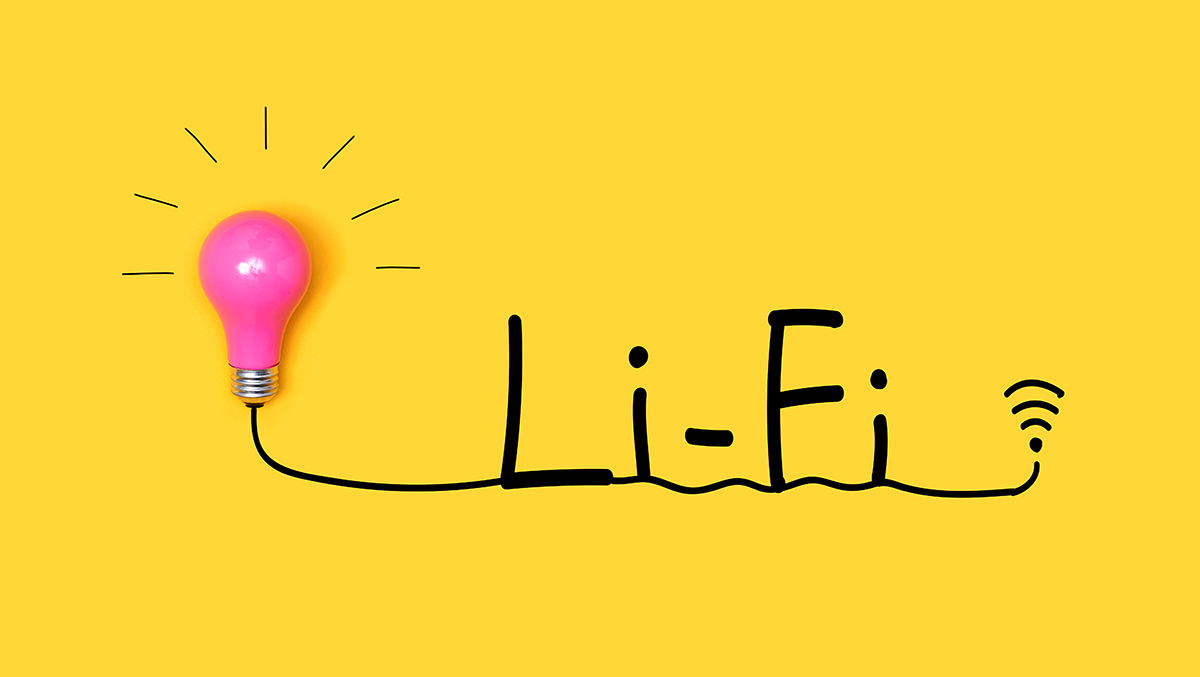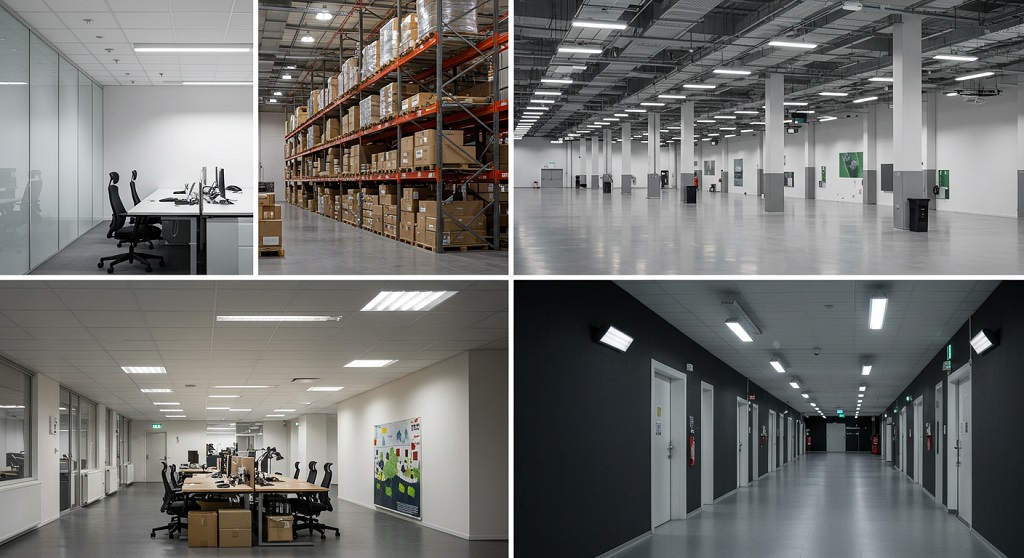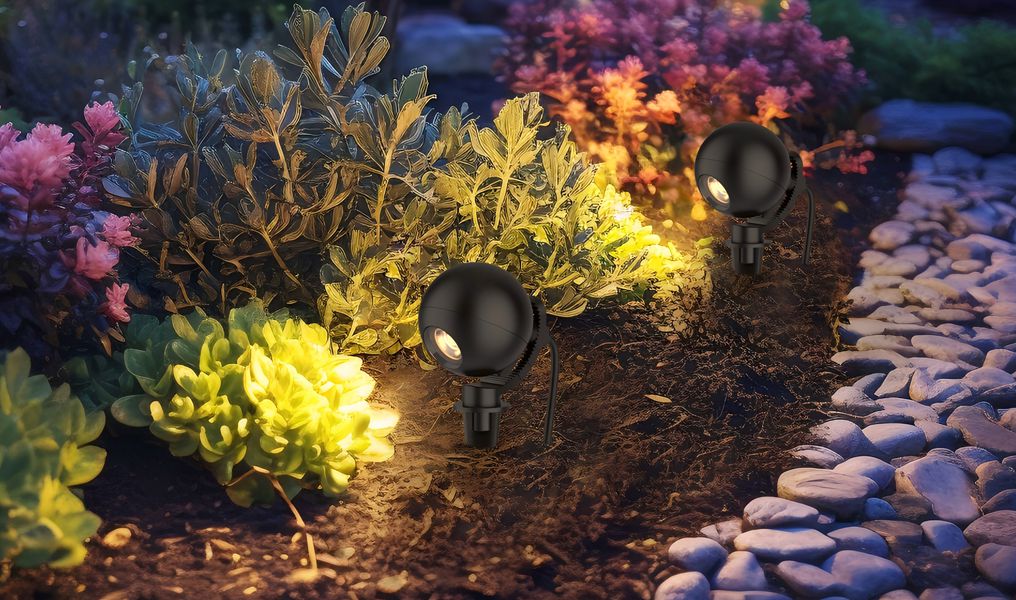How Wifi Apply In Smart LED System
Wifi is a type of wireless communication technology that allows two devices to connect to each other without the use of physical cables. It makes use of radio frequencies to transmit data from one device to another. Wifi is commonly used in everyday household devices such as laptops, phones, gaming consoles, and smart home devices. It can be used to connect lighting control systems, allowing them to be managed remotely. Through an app or web-based interface, users can control their lights and other appliances in their home using wifi. This can include dimming the lights, changing colors or brightness levels, scheduling lights, and even creating automated effects.
With the use of WIFI to control LED lights can make it come true through the smart control system. Trought connects with WIFI to the LED system, then install a related app on your smartphone to control the brightness, temperature color, and lighting direction. The following are the operation steps:
- Install the LED system, connect the WIFI to the LED system, and make communication available.
- Download and install the smart control system. This smart control system is easy to install from the App Store.
- Set up an intelligent control system. Open the smart control system app, select the LED system, and set the control method of the LED system, such as timer, brightness, color, and direction, etc.
- Start the remote control. Parameters such as brightness, color, and direction of the LED system can be controlled remotely via a smartphone app or a smart home controller, enabling smart control
Wifi bulbs will work wherever there is a Wi-Fi connection, once the Wi-Fi connects to the internet, you can control these lights from anywhere on the planet, but if your Wi-Fi goes down for some reason, you can’t control these bulbs with a weak signal.
How Li-Fi Apply in Smart LED System
Li-Fi full name is Light Fidelity, a wireless communication technology, that uses light to transmit data instead of radio waves to transmit data. In Li-Fi, solid-state lighting as like the LED bulbs are used in the transmission of data and provides access to the internet or a wireless network. It has a higher speed of 100x faster than WiFiand it's more safety for that LiFi is as confined as the light from LED can not penetrate the wall, ensuring just your family used within a space. But everything like the coin has two sides, the limited light cannot move through objects, hence if there is some object or any wall in between sender and receiver the signal will divide at once.
With Li-Fi applied in smart lighting, its high speed can used to control over the LED lights. For example, you can adjust the brightness, color, and temperature of your LED light through use of the smartphone, and you can also use Li-Fi to create smart lighting space that can be customized for different activities or moods. Additionally, as for the AI age coming, the LED system will be combined with AI in the future is the trend. LiFi has functions of faster speeds, low power consumption, low ownership cost, easy deployment, and enhanced security.
How Bluetooth Apply in LED
Bluetooth is a wireless technology that can be used to control LED lights from a smartphone or other device, its modules such as HC-05 or HC-06 can be interfaced with Arduino or other microcontrollers to receive and transmit data via serial communication, and it can be paired with a smartphone app that can send commands to turn on or off different LED lights connected to the Arduino pins.
WiFi VS Li-Fi VS Bluetooth
|
|
Wifi |
Bluetooth |
Fi-Li |
|---|---|---|---|
|
Feature |
A wireless technology that uses radio waves to transmit data |
A wireless technology that uses short-range radio waves to connect devices
|
A new wireless technology that uses light to transmit data
|
|
Advantage |
wide coverage, easy access, and compatibility |
low power consumption, low cost, and simplicity |
high speed, low interference, and high security |
|
Disadvantage |
low security, high interference, and high power consumption
|
low speed, low range, and low quality |
limited range, line-of-sight requirement, and high cost |











